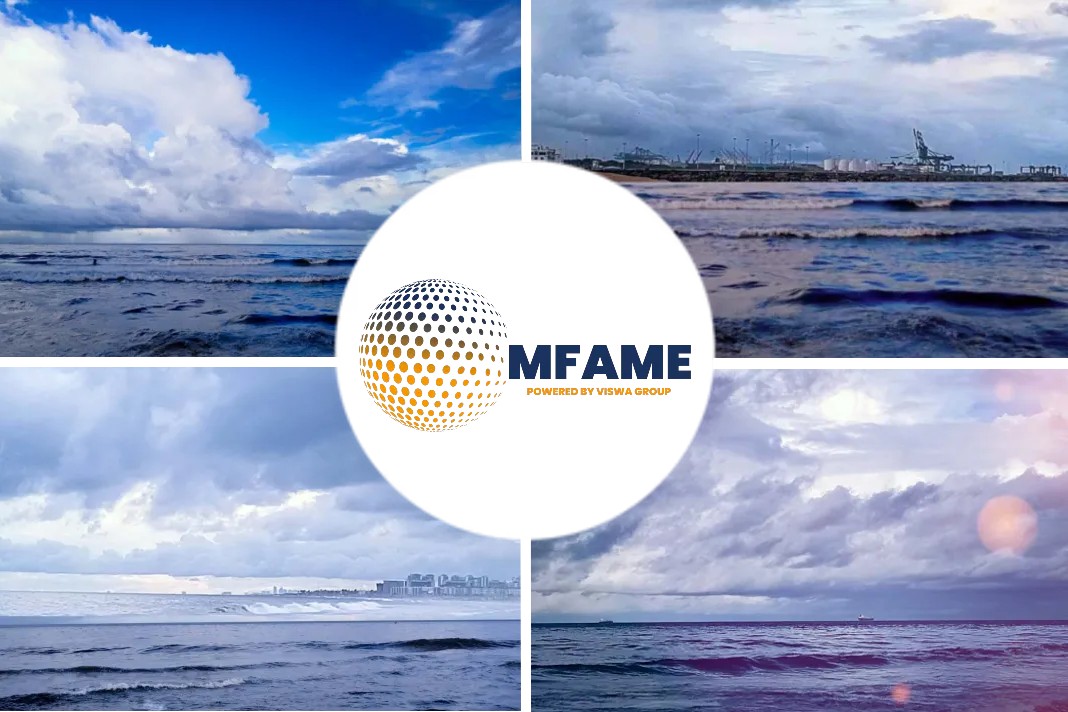
Failure to understand new megatrends will leave CEOs locked out of world trade system, states a Splash 247 news source.
Intertwining forces of digitalisation, regionalisation
Understanding the intertwining forces of digitalisation, regionalisation, and sustainability will be key to survival in the post-pandemic environment, writes Dr Thang Nguyen, lead economist at Oxford Economics Singapore.
As the Singapore Maritime Week returns in late April, industry leaders in the international shipping community are scrambling to understand what a post-pandemic global trade system will look like. A failure to understand the implications will leave their businesses adrift.
The coronavirus pandemic has accelerated three trends that were already disrupting world trade. First, the increasing use of digital technologies is revolutionising international trade especially in issues related to cross-border investment, trade finance, and supply chain management.
Second there has been a trend towards greater fragmentation. Concerns about supply chain resilience have led governments and businesses to reconsider their supply chain configuration. Geopolitical issues such as the Russian invasion of Ukraine and China-US tension further breaks down the global trade and investment system through new economic barriers and sanctions.
Third, the growing focus on sustainability is also having an impact on maritime trading. Particularly, the International Maritime Organization is leading the discussion for the industry’s decarbonisation agenda.
Make no mistake: these trends of digitalisation, regionalisation, and sustainability were already in motion. What is new is that these trends are increasingly merging into each other. For example, technological sanctions on Russia and major policies such as US CHIPS Act shows that global fragmentation has shifted from trade wars to technological decoupling.
Monitoring risks, mapping out futures
To harness these trends, businesses and governments must invest in their ability to anticipate major changes. This investment starts first with the monitoring of global risks and mapping out alternative futures. The outcome of this exercise can then inform strategic decisions to research and develop new products, build partnerships with other organisations, and plan for potential future scenarios.
However, current methods of foresight analysis and scenario planning are often qualitative and so prone to bias and subjectivity. In contrast, the most successful organisations have ensured their decision-making process have become more quantitative-driven.
Being able to quantify the trajectories of key business drivers such as domestic income, input prices, financing, and labour and energy costs can help CEOs better visualise these alternative scenarios and understand the impact of specific decisions on their organisation’s performance. Our research suggests that an innovation-inducing Net Zero Transformation scenario would help lead to a net gain of $3.7 trillion in real global GDP by 2050, with transport to feature amongst the headline sector while mining being the major loser.
The intensity of risk may also matter as much as its direction
Furthermore, the intensity of risk may also matter as much as its direction—for example, in a scenario where the US and EU operate in lockstep to shut down Russia and China’s access to all new technology, and both countries retaliate with the same measures against the West. Oxford Economics’ research suggests that both sides will suffer a permanent loss to future output. However, the economic costs would fall disproportionately on China and Russia—reducing real GDP in 2030 by almost 1.9% in China and 1.3% in Russia. In contrast, it would reduce real GDP in 2030 by only 0.3% in the US and by 0.2% and in the eurozone and UK.
Last but not least, the interconnected nature of global economy calls for analysis that captures the economic trajectories across different countries and their linkages with each other. The interconnection of people, capital, and goods flows—and the interdependence of global production—can transmit and amplify shocks in various shapes and forms. Linear projections from the past are unlikely to yield the robustness required for decisions that can shape the future of billion-dollar businesses.
“Ambition meets action” is the main theme at the Singapore Maritime Week this year. However, to achieve that ambition, policymakers and business leaders that fail to adopt a more robust and quantitative approach to anticipatory planning risk finding themselves locked out of the new megatrend global trading environment.
Did you subscribe to our daily Newsletter?
It’s Free! Click here to Subscribe!
Source: Splash 247















